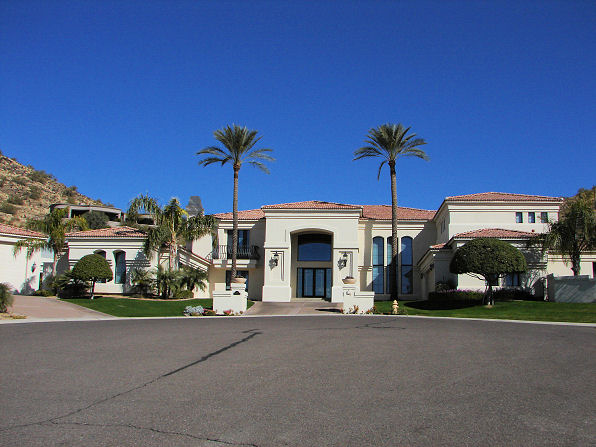Arizona Wild Flowers
Wildflower Pictures And Photos
Date Palm, Phoenix Genus
We Are Proud Of Our SafeSurf Rating!
| Date Palms Phoenix dactylifera Medjool In Background Yuma Arizona. Flowering Field Brussels Sprouts Brassica oleracea Gemmifera cultivar group In Foreground. February 21, 2016. |
|---|
| Date Palms Phoenix dactylifera Medjool, Yuma Arizona. ; February 21, 2016. |
 |
| Date Palm, Phoenix Genus; April 6, 2003. |
|---|
 |
| Date Palm, Great Landscaping Plant; Arrowhead Ranch. January 21, 2006. |
|---|
 |  |
| Phoenix Species Palm Tree 60 Year Old Trees Photo At Manistee Ranch Glendale, Arizona | The Phoenix Species Palm Tree Produce Dates! |
|---|---|
 | |
| Dates Form From Flowers On 4' Infloresences Male & Female Flowers On Different Trees Growers Plant One Male Tree For About Fifty Female Trees Females Produce Fruit! | Flowers Only Grow If Opposite Sexed Tree Is Nearby! Male Flowers Attract Bees Female Flowers Do Not! Male Flowers Have Pollen Filled Sack Structures Female Flowers Do Not! |
 /
/

Date Palm The date palm is believed to have originated in the lands around the Persian Gulf and in ancient times was especially abundant between the Nile and Euphrates rivers. It ranged in prehistoric times from Senegal to the basin of the Indus River in northern India. There is archeological evidence of cultivation in eastern Arabia in 4,000 B.C. It was much revered and regarded as a symbol of fertility, and depicted in bas relief and on coins. Nomads planted the date at oases in the deserts and Arabs introduced it into Spain.
It gets its name Phoenix from the word Phoenician, since the Phoenicians spread these plants in early times. Spanish explorers introduced the date into Mexico, around Sonora and Sinaloa, and Baja California. The palms were only seedlings. Still, the fruits had great appeal and were being exported from Baja California in 1837. The first date palms in California were seedlings planted by Franciscan and Jesuit missionaries in 1769. Potted offshoots from Egypt reached California in 1890 and numerous other introductions have been made into that state and into the drier parts of southern Arizona around Tempe and Phoenix. There are now about a quarter of a million bearing trees in California and Arizona.
Height: Up to 120 ft. |
We Are Proud Of Our SafeSurf Rating!



We Are Proud Of Our SafeSurf Rating!
We Are Proud Of Our SafeSurf Rating!
Here Are Some Links To The Very Best & Most Popular Items Sold On Amazon.Com
To Learn More! Click The Links Below. No Obligation, Of Course!
| © 1966 - Present, Audrey, Eve, & George DeLange |

